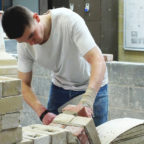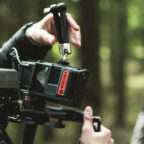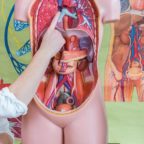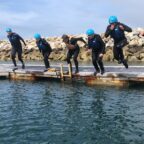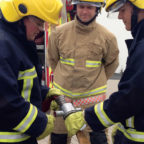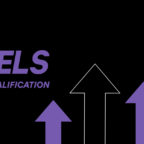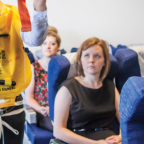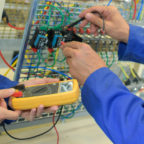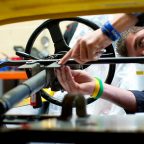 Plate Welder – Level 3
Plate Welder – Level 3
In Short
The broad purpose of the occupation is to manually weld plate and structural components to high standards of quality. This will involve fabrication, construction or repair of fabricated plate assemblies, extrusions and structural components – often used to fabricate larger components and assemblies.
Plate Welders may be employed in any size of organisation from small companies to large multi-national organisations.
In their daily work, an employee in this occupation interacts with a wide range of people and organisations including Platers, Metal Fabricators, Erectors, Riggers, Stores Operatives, Supervisors, Engineers, Inspectors, Non-Destructive Technicians and Quality personnel. Plate welders may need to work shifts and flexible work patterns.
An employee in this occupation will be responsible for the safety, quality and accuracy of their own work whilst ensuring it conforms to a relevant plate welding specification. They work autonomously, or on occasion as part of a wider team, reporting to a workplace supervisor.
Entry Requirements
GCSE in Maths and English level C/4 or Functional Skills L2.
A suitable work placement must also be in place before an apprenticeship can begin.
Duration
36 months + 3 months EPA
Course Information
You will attend college one day a week and spend the remaining time with your employer. You will be required to work a minimum of 30 hrs per week, this includes your college day.
Course Content
Alongside college attendance, the candidate will be required to develop work-based skills, knowledge and behaviours in line with the apprenticeship standard:
- Plan and prepare for the welding of plate, and structural components before commencing work
- Check materials conform to the specified grades, dimensions and thicknesses.
- Inspect weld preparations, surface conditions and cleanliness
- Assemble and position plate and structural components to be welded, including attachment of bracings, strong-backs, alignment aids, run-on and run-off tabs and backing materials (e.g ceramic, metallic etc.).
- Assemble equipment to be used in the preparation and welding of plate and structural components and check its performance and condition, including any component heating and monitoring equipment.
- Adjust and maintain the equipment to be used during the welding of plate and structural components.
- Interpret technical specifications & drawings to establish detailed welding process controls, consumable selection, and dimensional limitations imposed to control distortion.
- Make the joints to specified dimensional accuracy using appropriate welding techniques.
- Identifying areas for improving the production process where possible through the monitoring of performance
- Monitor associated parameters throughout the welding of plate and structural components (e.g. Preheat, Interpass Temperature, Heat Input).
- Remove material using manual powered and non-powered hand tools, before and during welding to remove defects within the preparation and weld deposit.
- Visually inspect alignment and distortion of components and apply techniques to ensure compliance with specifications.
- Visually inspect completed weld and component geometry
- Remove and dress bracings, strong‐backs, run-on/run-off tabs and alignment aids, and dress finished external weld surfaces using manual powered and non‐powered hand tools
- Restore the work area and equipment to a safe and reliable condition on completion of welding including the remediation and recycling of bracings, strong‐backs and alignment aids.
- Monitor the use of consumables and adjust quantities issued, and return unused consumables for re-conditioning, re‐use or disposal.
- Complete production documentation and reporting at the appropriate stages of the work activity
Progression
You may also gain employment within the Fabrication, Construction or Engineering Industry.
As well as ensuring full competency as a Plate Welder, this standard provides the foundation for progression onto a number of career paths associated with the Fabrication, Construction and Engineering industries




